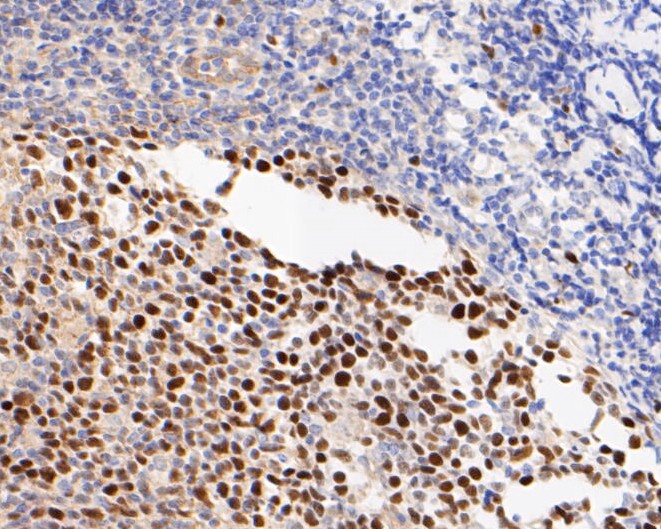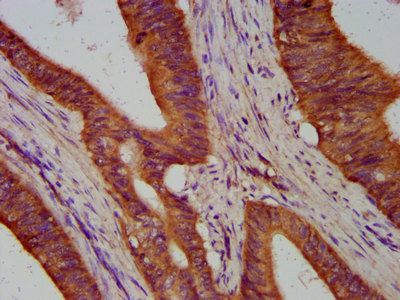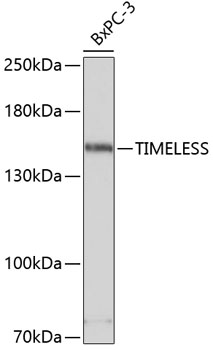Timeless antibody
GTX129604
ApplicationsImmunoFluorescence, ImmunoPrecipitation, Western Blot, ImmunoCytoChemistry
Product group Antibodies
TargetTIMELESS
Overview
- SupplierGeneTex
- Product NameTimeless antibody
- Delivery Days Customer9
- Application Supplier NoteWB: 1:500-1:3000. ICC/IF: 1:100-1:2000. IP: 1:100-1:500. *Optimal dilutions/concentrations should be determined by the researcher.Not tested in other applications.
- ApplicationsImmunoFluorescence, ImmunoPrecipitation, Western Blot, ImmunoCytoChemistry
- CertificationResearch Use Only
- ClonalityPolyclonal
- Concentration1 mg/ml
- ConjugateUnconjugated
- Gene ID8914
- Target nameTIMELESS
- Target descriptiontimeless circadian regulator
- Target synonymshTIM; protein timeless homolog; TIM; TIM1; timeless circadian clock 1; timeless homolog; Tof1 homolog
- HostRabbit
- IsotypeIgG
- Protein IDQ9UNS1
- Protein NameProtein timeless homolog
- Scientific DescriptionRequired for normal progression of S-phase. Involved in the circadian rhythm autoregulatory loop. Negatively regulates CLOCK-NPAS2/BMAL1-induced transactivation of PER1 possibly via translocation of PER1 into the nucleus. Promotes TIPIN nuclear localiZation. Involved in cell survival after DNA damage or replication stress. May be specifically required for the ATR-CHK1 pathway in the replication checkpoint induced by hydroxyurea or ultraviolet light. May also play an important role in epithelial cell morphogenesis and formation of branching tubules.
- Storage Instruction-20°C or -80°C,2°C to 8°C
- UNSPSC12352203
References
- Microhomology-mediated End Joining and Homologous Recombination share the initial end resection step to repair DNA double-strand breaks in mammalian cells. Truong LN et al., 2013 May 7, Proc Natl Acad Sci U S ARead more








